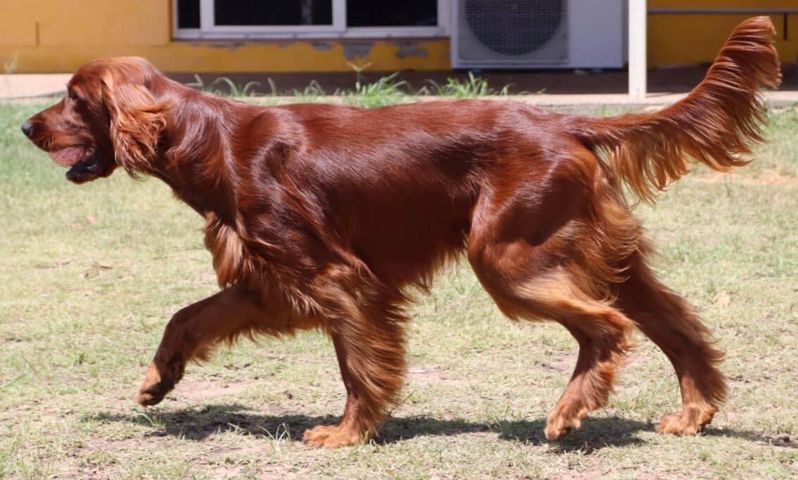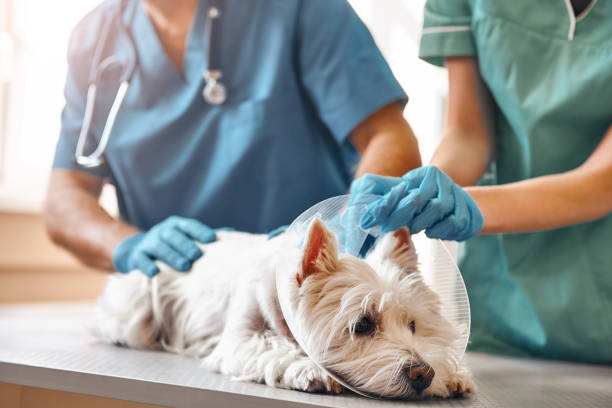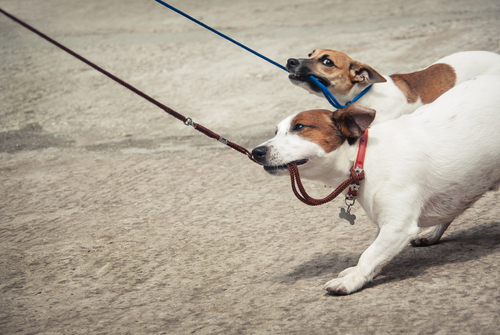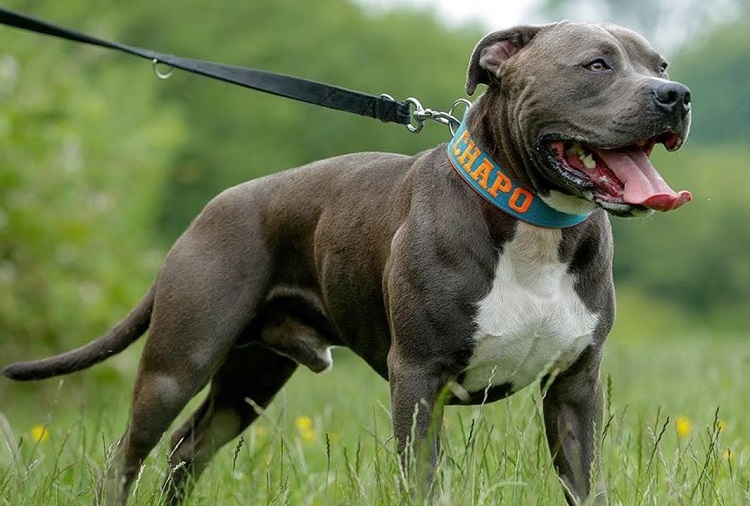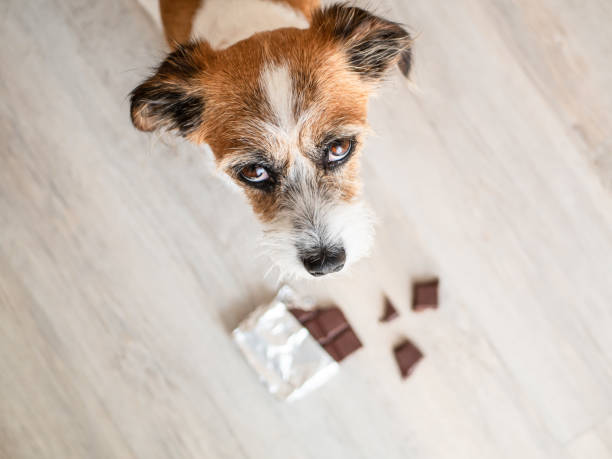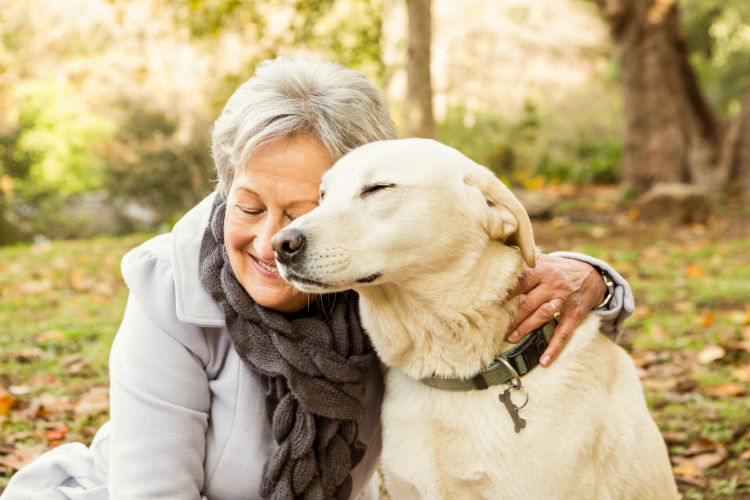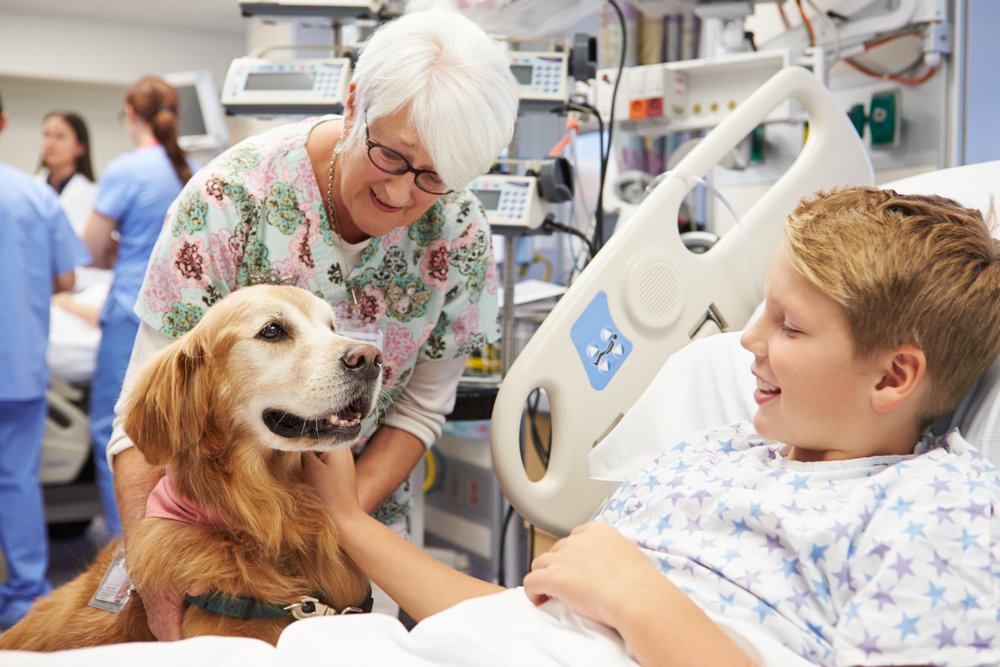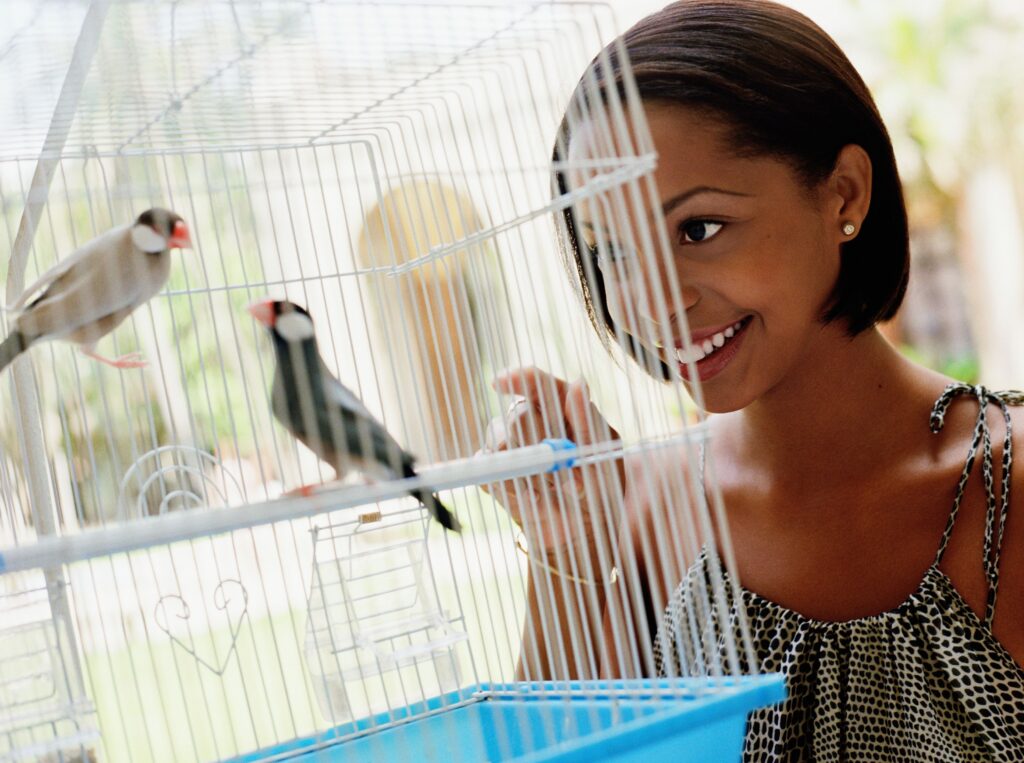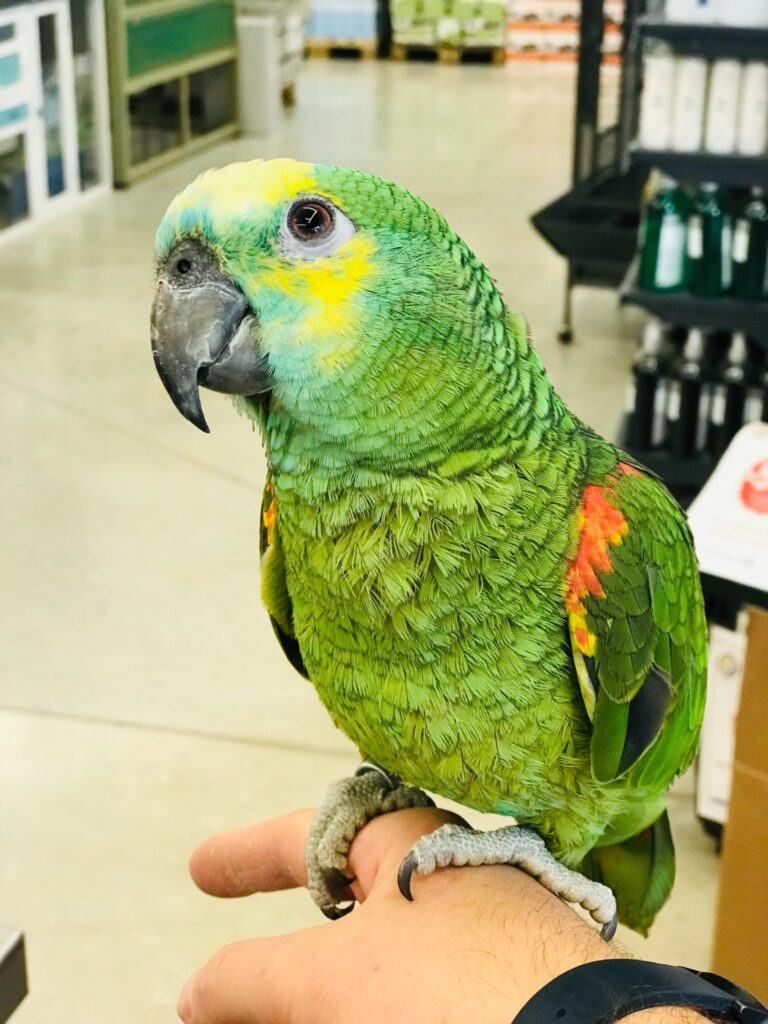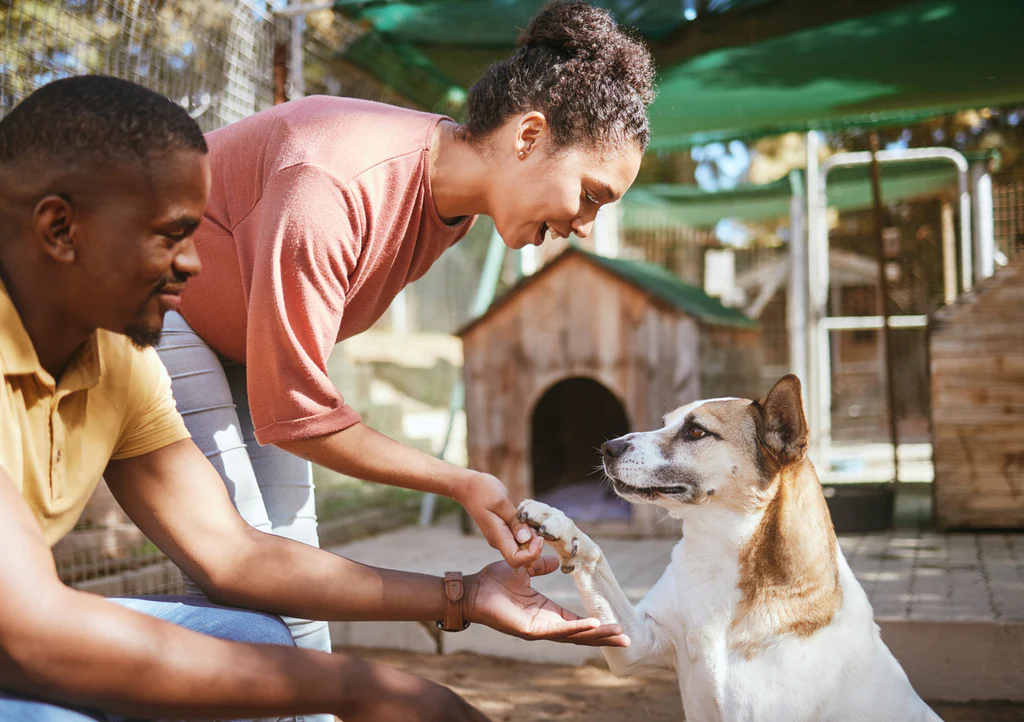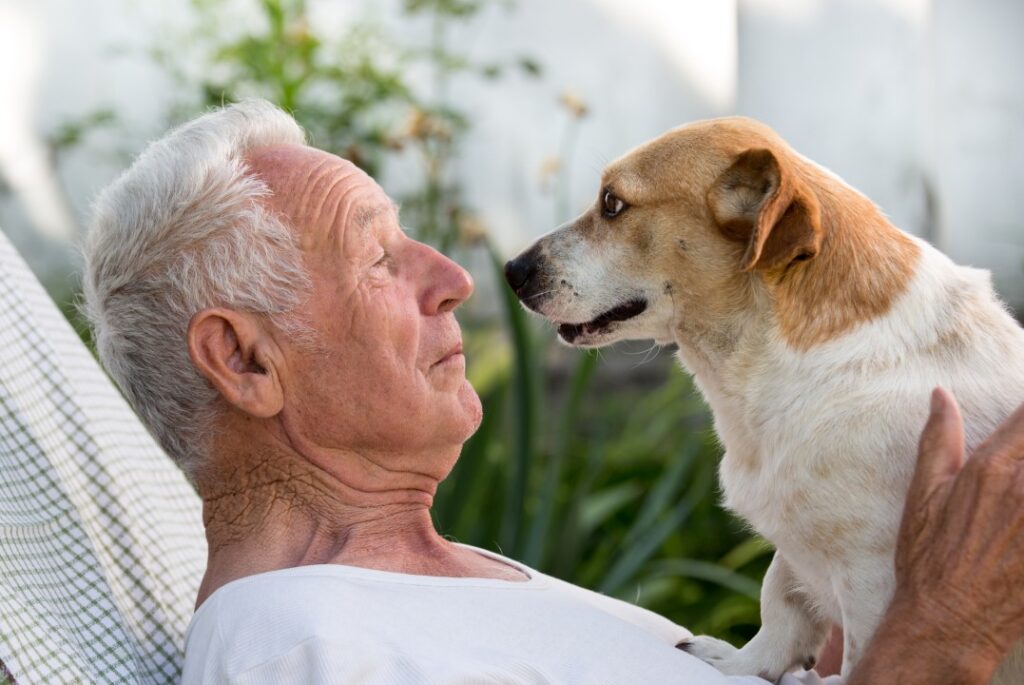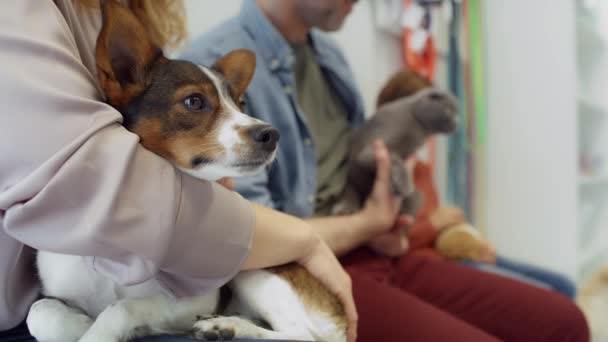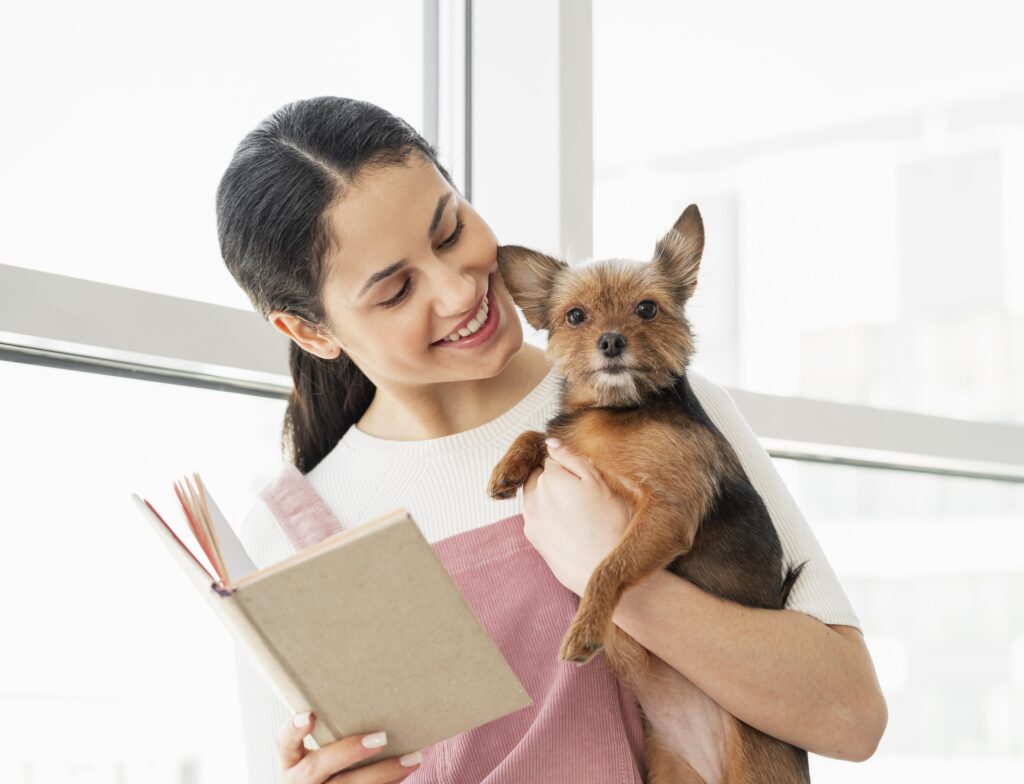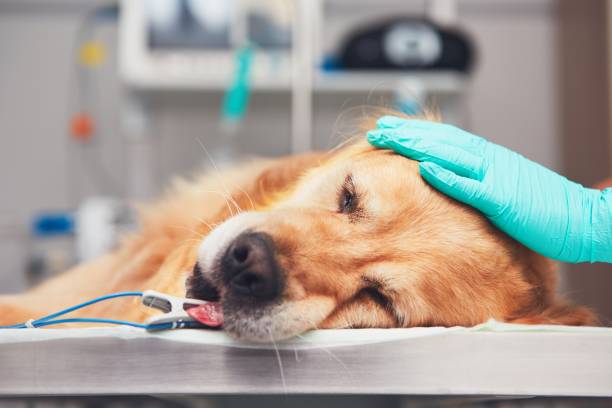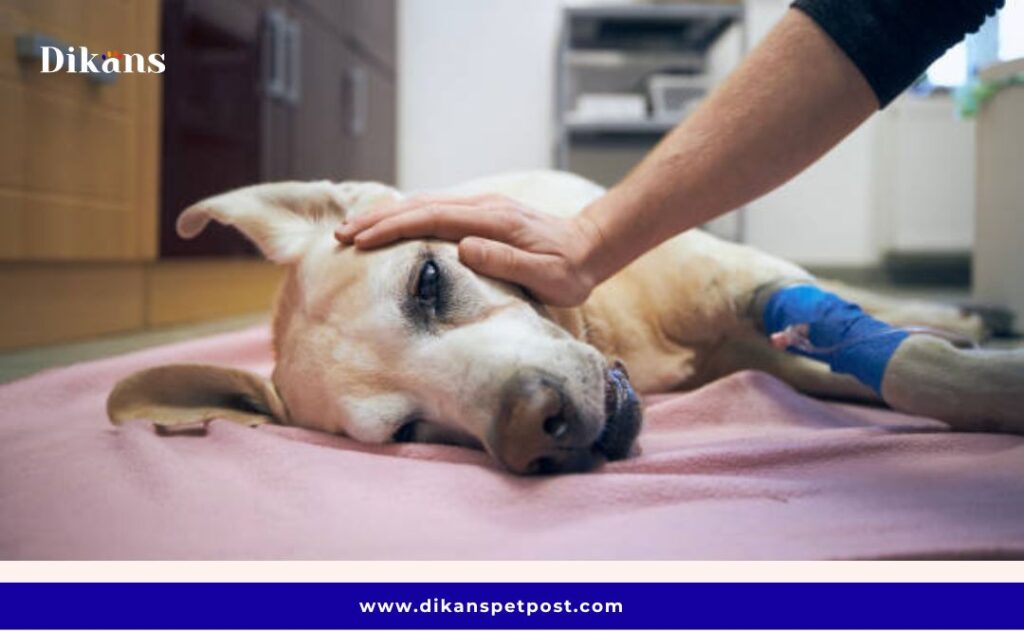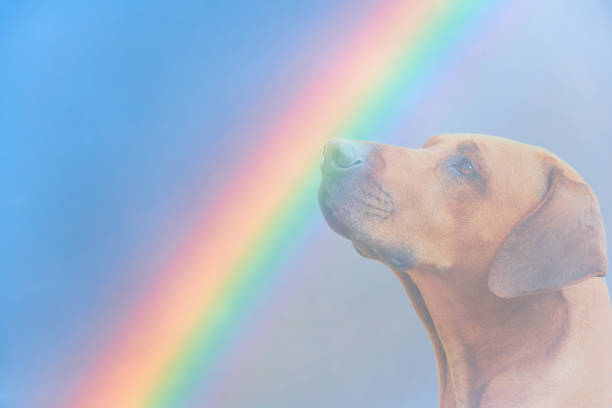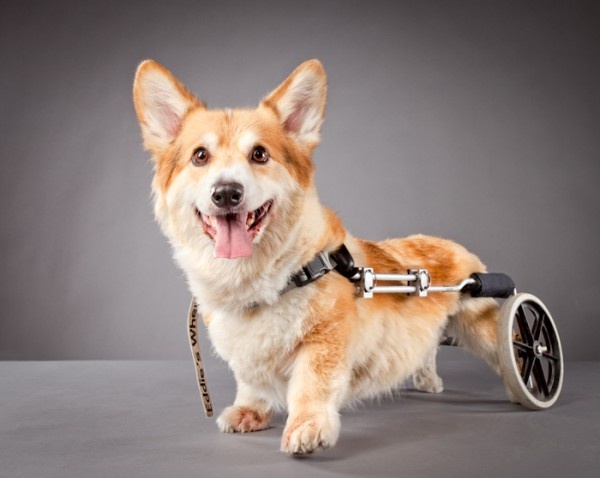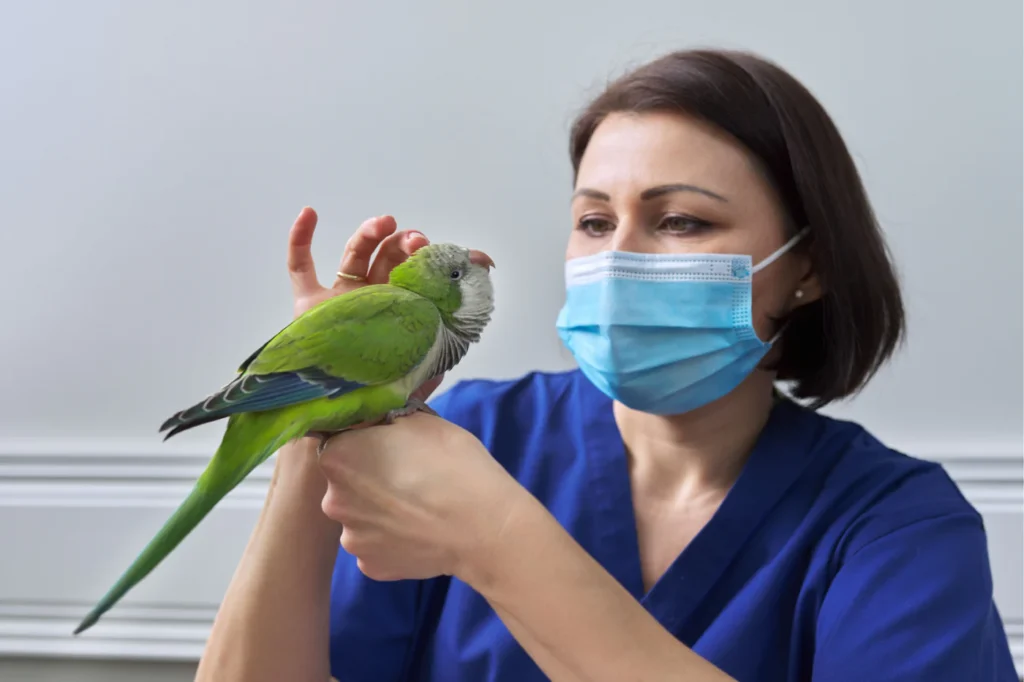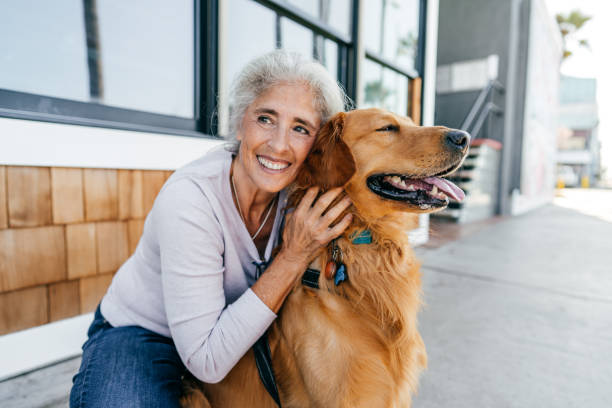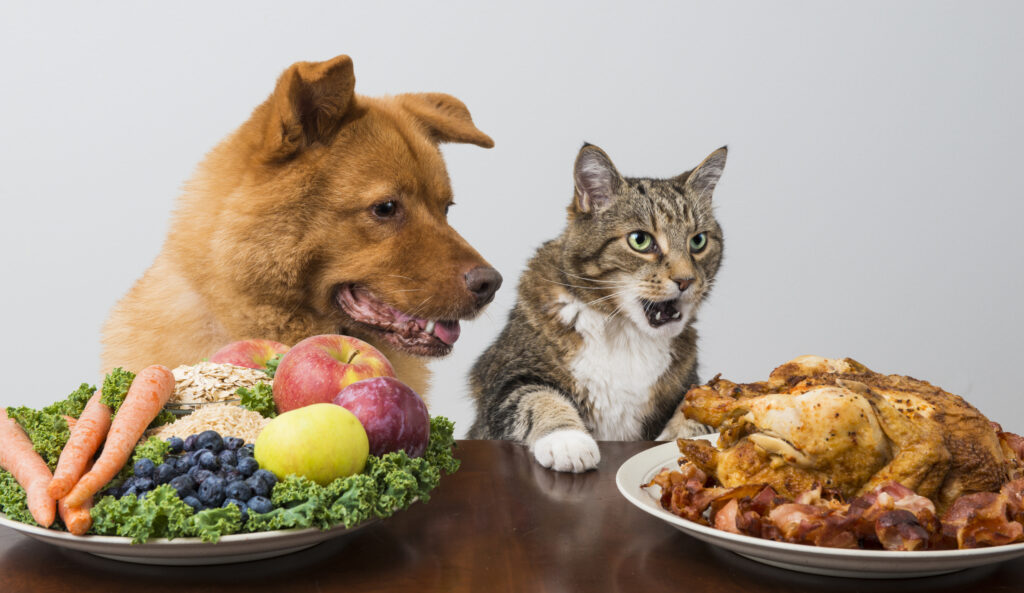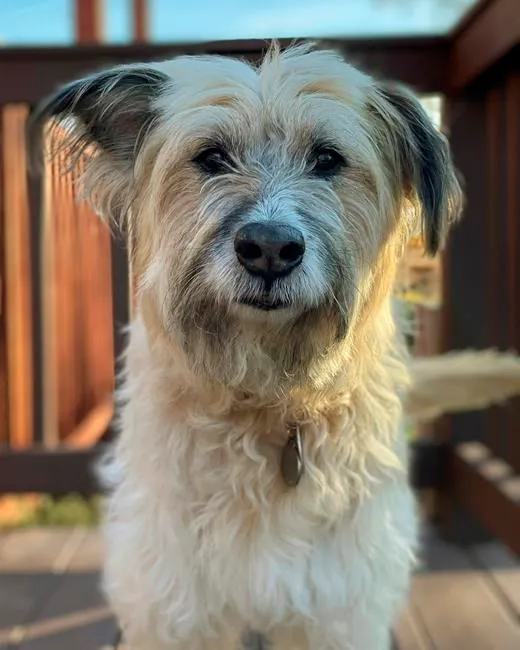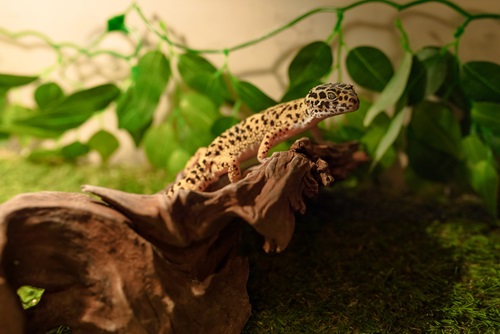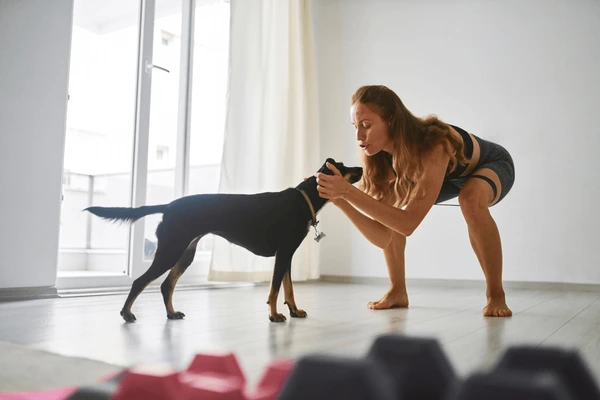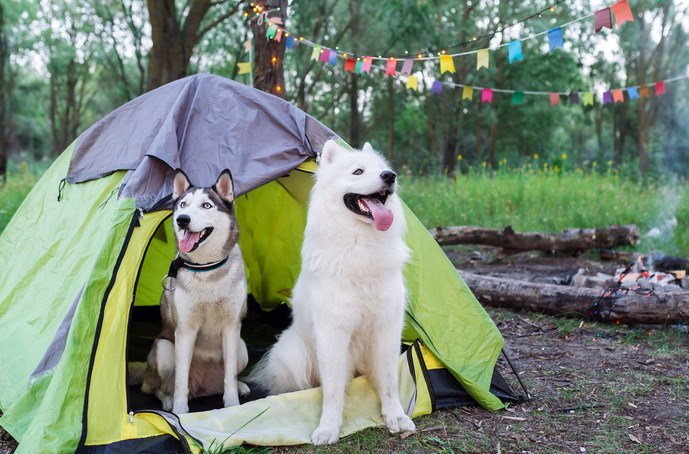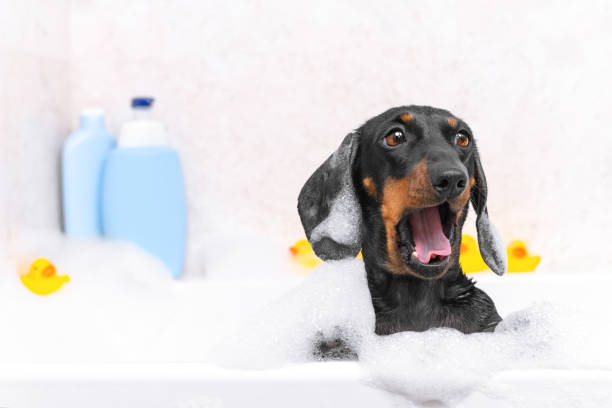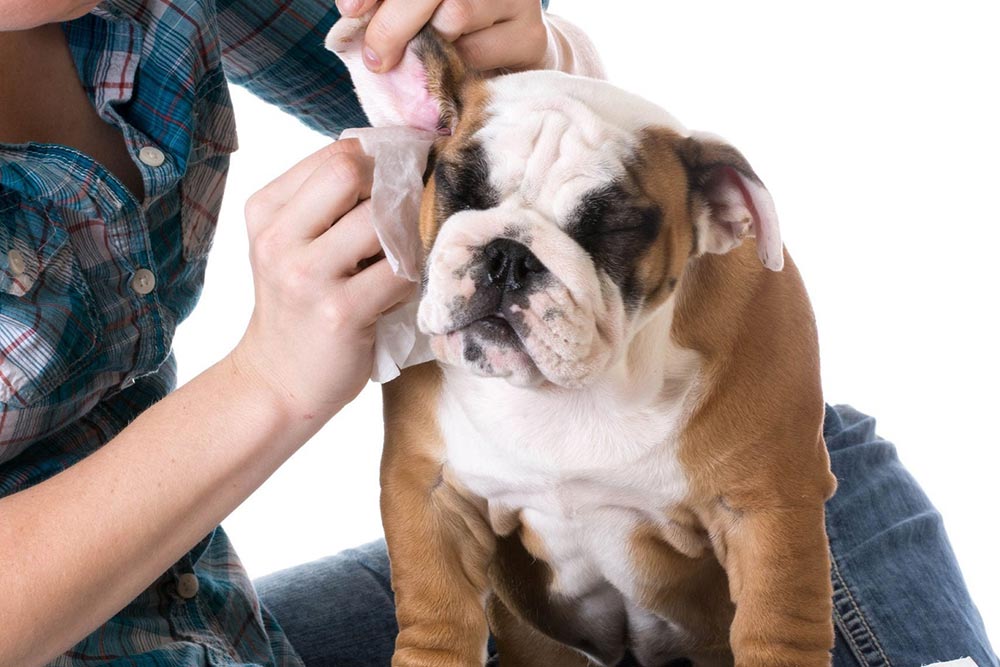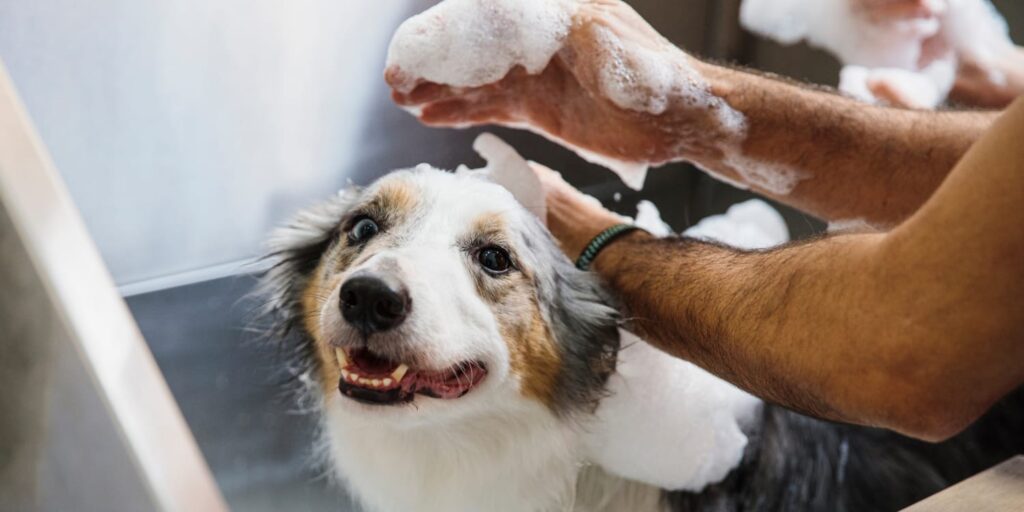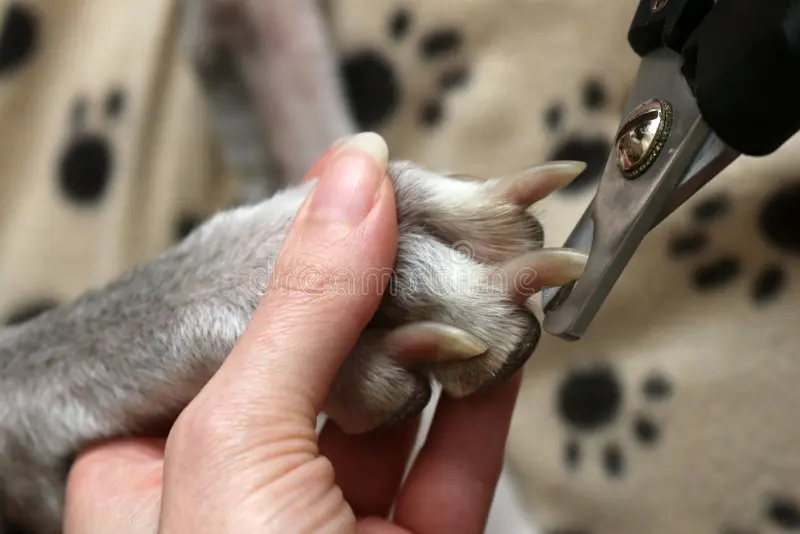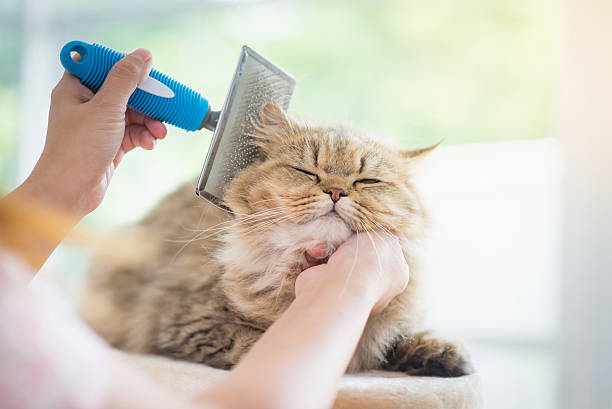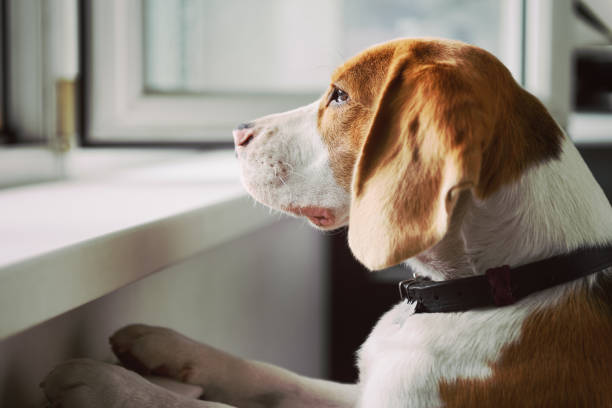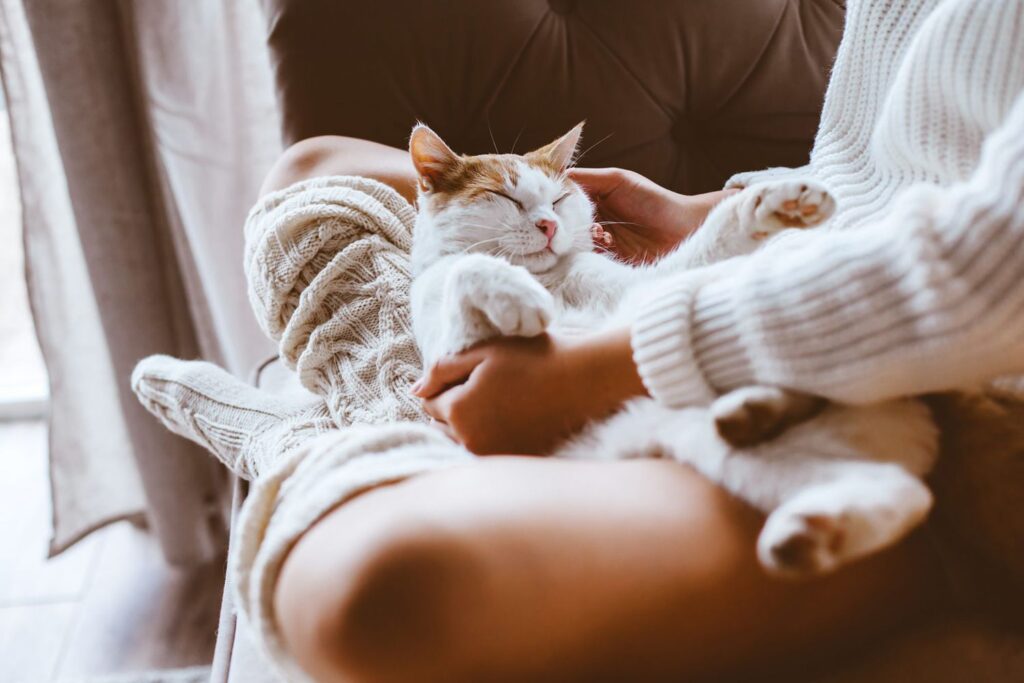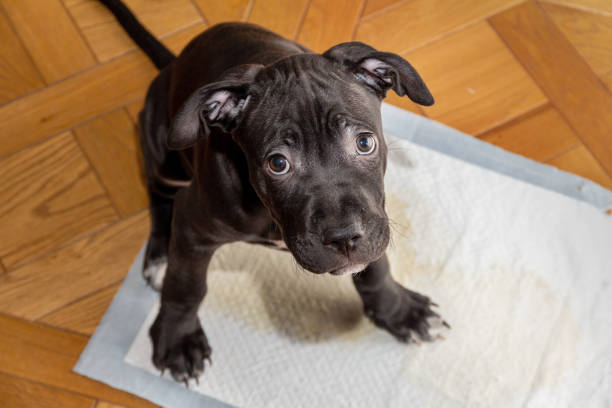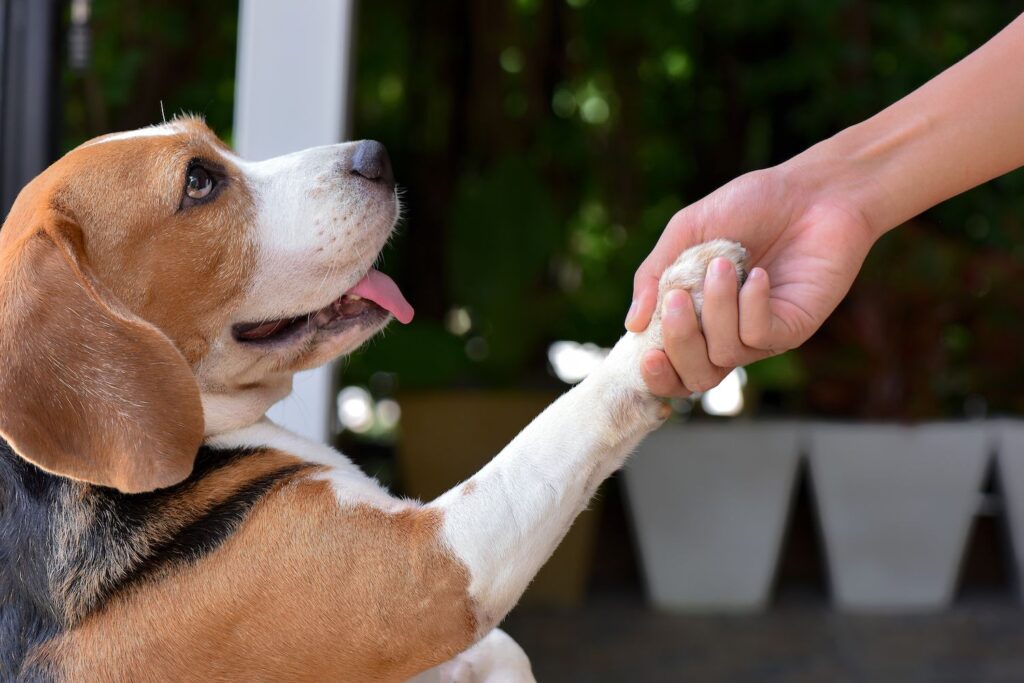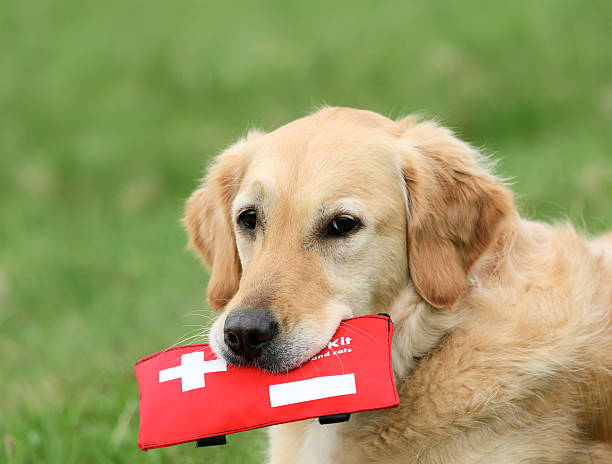Flying with Pets
Flying with your furry friend can be an exciting adventure, but it requires careful planning and consideration to ensure their safety and comfort throughout the journey. In this comprehensive guide, we’ll explore airline regulations, safety tips, and steps to prepare your pet for air travel, making the experience stress-free for both you and your beloved companion.
Understanding Airline Regulations
Pet Policies of Major Airlines
Before booking your flight, familiarize yourself with the pet policies of major airlines to understand their specific requirements and restrictions regarding pet travel. Each airline has its own set of rules regarding pet size, breed restrictions, and fees, so be sure to research thoroughly.
Cabin vs. Cargo Travel
Many airlines offer two options for pet travel: in-cabin and cargo hold. In-cabin travel allows small pets to accompany their owners in the cabin, while larger pets must travel in the climate-controlled cargo hold. Consider your pet’s size, breed, and comfort level when deciding which option is best for them.
Safety Measures and Precautions
Pet Carrier Requirements
Invest in a sturdy and airline-approved pet carrier that meets the size and ventilation requirements set by the airline. Make sure the carrier is large enough for your pet to stand, turn around, and lie down comfortably during the flight.
Temperature and Air Pressure Concerns
Pets are sensitive to temperature and air pressure changes, especially during air travel. Ensure that your pet’s carrier provides adequate insulation and ventilation to regulate temperature and minimize stress. Avoid booking flights during extreme weather conditions.
Preparing Your Pet for Travel
Gradual Acclimation to Carrier
Help your pet become familiar with their carrier by gradually introducing it into their daily routine. Place treats, toys, and familiar bedding inside the carrier to create a positive association. Practice short trips around the house to acclimate your pet to the sensation of being inside the carrier.
Veterinary Check-up and Documentation
Schedule a visit to the veterinarian for a thorough check-up and ensure that your pet is up-to-date on vaccinations and has the necessary health certificates required by the airline. Carry copies of your pet’s medical records and identification tags with you during travel.
Familiarization with Travel Routine
Establish a travel routine for your pet by simulating the conditions they’ll experience during the flight. Practice going through security checkpoints, waiting in line, and boarding the plane to familiarize your pet with the process and reduce anxiety on the day of travel.
In-Flight Care and Comfort
Hydration and Nutrition
Provide your pet with access to water and a light meal a few hours before the flight to prevent hunger and dehydration. Avoid feeding heavy meals or treats that could upset their stomach during travel.
Stress Reduction Techniques
Help alleviate your pet’s anxiety during the flight by using stress reduction techniques such as playing soothing music, covering their carrier with a blanket for privacy, or using natural calming remedies recommended by your veterinarian.
Post-Flight Considerations
Recovery Period
After landing, allow your pet time to rest and recover from the flight in a quiet and familiar environment. Offer them plenty of water, food, and comfort to help them readjust to their surroundings.
Adjustment to New Environment
If you’re traveling to a new destination, give your pet time to acclimate to their new surroundings gradually. Stick to their regular routine as much as possible and provide familiar items such as bedding, toys, and food bowls to help them feel at ease.
Conclusion
Flying with your pet can be a rewarding experience with proper planning and preparation. By understanding airline regulations, implementing safety measures, and preparing your pet for travel, you can ensure a smooth and stress-free journey for both you and your furry companion.



